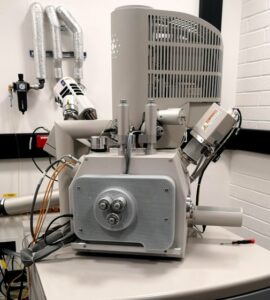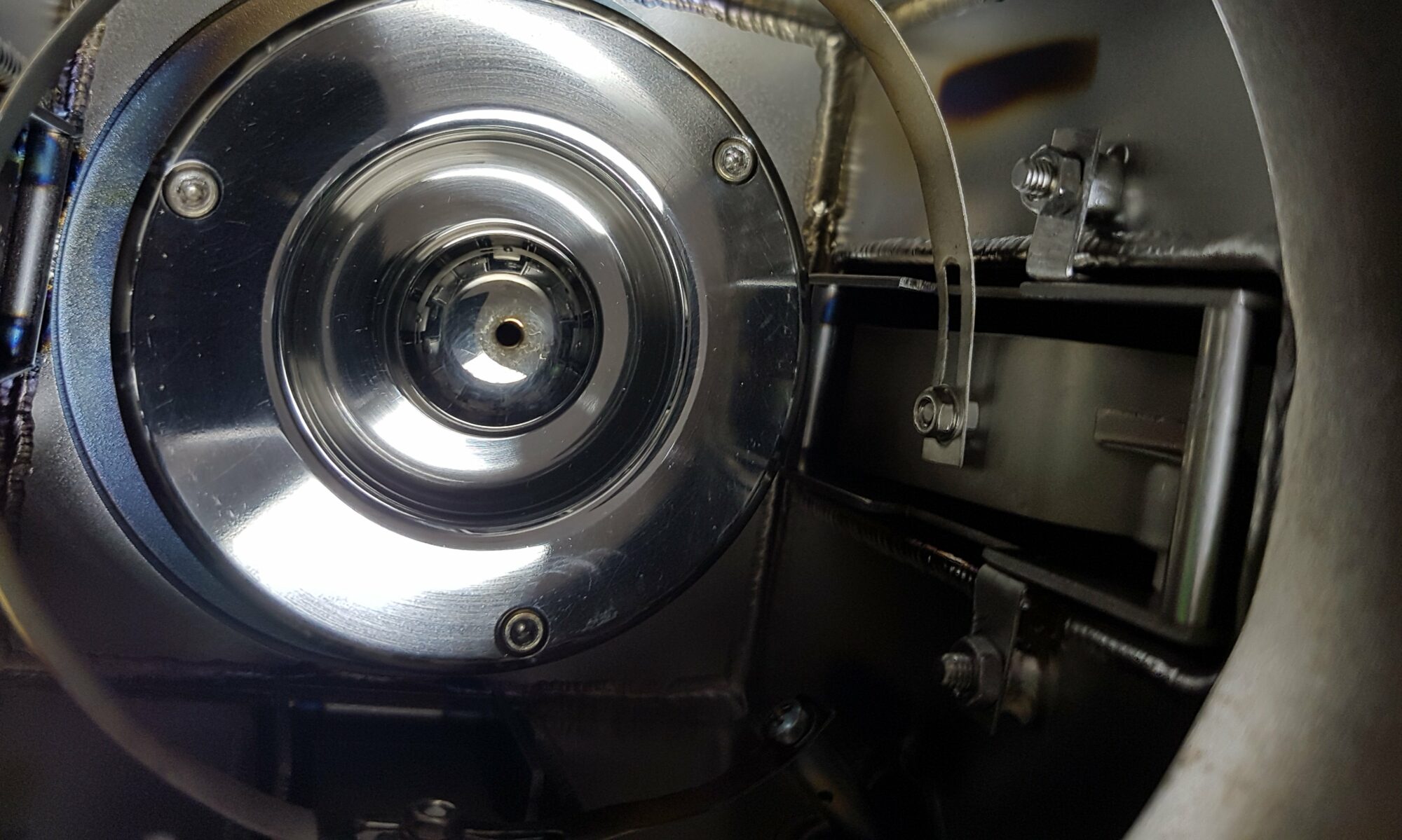The Quanta 650 ESEM has a smorgasbord of features to enhance its analytical capabilities. It is equipped with a high-resolution (129 eV @ Mn Kα) Bruker XFlash® 6 | 30 SDD with 30 mm2 active area and 600 kcps max. throughput for versatile and rapid EDS performance. It is capable of performing automated large area maps at microns per pixel resolution and fully quantitative, standards-based analysis for determining chemical compositions. The Quanta 650 ESEM is also equipped with the ThermoFisher/FEI MAPS software to provide high-resolution, automated multi-field BSE image acquisition and QEMSCAN automated phase analysis software for high throughput bulk mineralogy, chemical assay and textural analysis.
Unique to this ESEM is the additional capability brought by the Bruker Quantax µXRF source, adding X-ray induced-ionization to the standard electron-induced ionization. The µXRF source gives high sensitivity, in the range of 10s ppm vs. the typical 1000s ppm for e-beam EDS, for higher Z elements, allowing the detection of elements otherwise invisible to standard e-beam EDS.

Electron Source: FEG
EDS: Oxford Instruments 50mm2 X-Max
EBSD: Oxford Instruments NordlysNano
Contact: Lewis Hughes
Price:
Location: B13 Williamson
